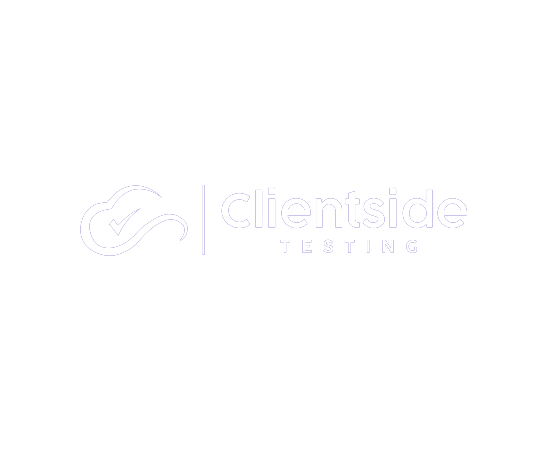ANALYSIS: How Workday® Payroll Compares to Other Payroll Solutions.

Payroll is the heartbeat of workforce management — employees expect accuracy and timeliness, while organisations need compliance, efficiency, and transparency. Selecting the right payroll system is therefore critical.
Workday® Payroll offers an integrated, cloud-native solution within the Workday® Human Capital Management (HCM) ecosystem. But how does it stack up against other payroll systems such as ADP, SAP SuccessFactors Employee Central Payroll, Oracle HCM Payroll, or regional providers?
This analysis explores the comparison across five key dimensions: integration, compliance, user experience, scalability, and total cost of ownership.
1. Integration & Data Flow
- Workday® Payroll
- Natively embedded within Workday® HCM.
- Single data model ensures no duplication between HR and payroll records.
- Seamless updates when employee data changes (e.g., promotions, benefits, leave).
- Natively embedded within Workday® HCM.
- Other Payroll Systems
- Many are standalone platforms requiring integrations with HRIS or ERP systems.
- Integration often adds cost, complexity, and risk of data mismatches.
- Third-party connectors or middleware are typically needed.
- Many are standalone platforms requiring integrations with HRIS or ERP systems.
Verdict: Workday® Payroll eliminates the “integration tax” many organisations pay by consolidating HR and payroll data in one platform.
2. Compliance & Regulatory Updates
- Workday® Payroll
- Provides built-in compliance updates for supported geographies (U.S., Canada, U.K., France).
- Automated tax updates and statutory reporting within the system.
- Continuous delivery model ensures organisations remain current without manual patches.
- Provides built-in compliance updates for supported geographies (U.S., Canada, U.K., France).
- Other Payroll Systems
- ADP, SAP, and Oracle offer broader global coverage through their payroll engines.
- Updates may require patches, vendor intervention, or separate tax engines.
- Regional payroll vendors excel in local compliance but often lack global consistency.
- ADP, SAP, and Oracle offer broader global coverage through their payroll engines.
Verdict: Workday® Payroll leads in ease of compliance for its supported countries, but other systems may be preferable for organisations with large global footprints.
3. User Experience & Self-Service
- Workday® Payroll
- Employee and manager self-service built into the Workday® interface.
- Consistent UX across payroll, HR, and time tracking.
- Mobile-first access for payslips, withholdings, and year-end forms.
- Employee and manager self-service built into the Workday® interface.
- Other Payroll Systems
- ADP and others provide mobile access, but interfaces vary between HR and payroll systems.
- User experiences can feel fragmented if payroll sits outside the HR system.
- ADP and others provide mobile access, but interfaces vary between HR and payroll systems.
Verdict: Workday® Payroll offers a more unified and intuitive user experience, particularly for organisations already using Workday® HCM.
4. Scalability & Flexibility
- Workday® Payroll
- Best suited for organisations operating primarily in Workday’s native payroll countries.
- For global businesses, Workday® recommends a hybrid model: Workday® as the system of record, integrating with 3rd party local payrolls.
- Scales well within supported regions, but not a full global solution.
- Best suited for organisations operating primarily in Workday’s native payroll countries.
- Other Payroll Systems
- ADP and SAP offer robust multi-country payroll solutions, supporting hundreds of jurisdictions.
- Oracle and Ceridian also position themselves as global payroll providers.
- Local vendors often dominate single-country payrolls with strong flexibility.
- ADP and SAP offer robust multi-country payroll solutions, supporting hundreds of jurisdictions.
Verdict: For single-country or region-heavy footprints, Workday® Payroll is excellent. For highly globalised organisations, hybrid or external global payroll providers may be required.
5. Total Cost of Ownership (TCO)
- Workday® Payroll
- Predictable subscription pricing bundled within the Workday® suite.
- Lower integration costs due to native alignment with HCM.
- Cost savings from reduced reconciliation and error handling.
- Predictable subscription pricing bundled within the Workday® suite.
- Other Payroll Systems
- Standalone systems may appear cheaper upfront.
- Integration, customisation, and compliance updates often increase TCO.
- Global providers like ADP add value at scale but can be more expensive for mid-sized enterprises.
- Standalone systems may appear cheaper upfront.
Verdict: Workday® Payroll delivers strong value for organisations already invested in Workday® HCM, though regional payroll-only providers may be cheaper for smaller, single-country operations.
Conclusion
Workday® Payroll is best-in-class for organisations that already run Workday® HCM and operate in supported geographies. Its unified data model, compliance automation, and seamless user experience give it an edge over standalone payroll systems.
However, for organisations with highly distributed, global workforces, a hybrid approach — using Workday® HCM as the system of record and integrating with global payroll providers like ADP — may be the optimal path.
In short:
- Choose Workday® Payroll if you value seamless integration, strong compliance in supported regions, and a unified HR-payroll experience.
- Consider 3rd party payroll providers if your organisation operates in many countries with complex, varied compliance requirements.

